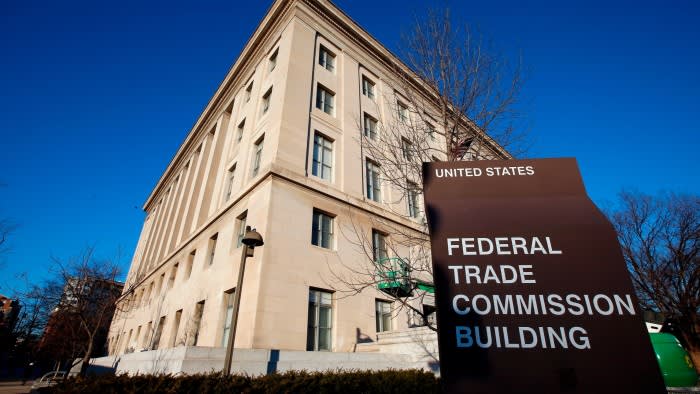- Wed. Apr 24th, 2024
Latest Post
Governor Kelly and Community Leaders Urge Legislators to Support Medicaid Expansion in Kansas
Medicaid expansion is a topic that has been hotly debated in the state of Kansas, with Governor Laura Kelly advocating for its benefits. During a town hall meeting hosted by…
From Health to Business: Expert Advice from Trucking Industry Veteran Chad Boblett
During a fireside chat at FreightWaves’ 3PL Summit, seasoned owner-operator Chad Boblett shared expert advice with those in the trucking industry. Boblett emphasized the challenges faced by truckers and stressed…
West Hartford’s Conard and Hall High Schools Recognized as Top 3% in Nation: A Tribute to Commitment to Excellence
Two Connecticut high schools, Conard High School and Hall High School in West Hartford, have been recognized for their excellence by being named in the top 3% of all high…
Empowering Families to Thrive: The FIT-Together Program Now Available in Michigan City
The FIT-Together program, a family-centered initiative that focuses on health and wellness, is now open for registrations at Franciscan Health Michigan City. This six-week fitness program is designed for families…
The Battle Over Non-Compete Agreements: What It Means for Business and Workers in America
The US Federal Trade Commission (FTC) has recently banned non-compete agreements, a move that has sparked a legal battle with the US Chamber of Commerce and other trade groups. The…
Saudi Arabia’s Tech Ambitions Soar with the Launch of UK Hub, Aiming to Diversify Beyond Oil
Saudi Arabia’s regulatory reforms have led to growth in its businesses, and many are now looking to adopt new technologies. The United Kingdom, with a tech market valued at over…
Unraveling Reality: Blake Crouch’s Dark Matter and the Intersection of Science and Storytelling
As a successful author known for his mind-bending narratives, Blake Crouch had a knack for creating immersive worlds that transported readers to different realities. However, amidst his professional success, he…
RDU Plane Crash Prompts Immediate Response from UNC Health: What We Know So Far
RDU experienced a small plane crash that resulted in two injuries, prompting UNC Health to send both a physician and pilot to the hospital. According to Broadcastify radio traffic, the…
Carlos Fernandez de Cossio on U.S.-Cuban Relations: A Complex Dance of Migration, Geopolitical Conflicts, and Domestic Challenges
During our exclusive interview with Carlos Fernández de Cossío, Cuba’s deputy minister of foreign affairs, we delved into the latest developments in U.S.-Cuban relations. One of the main topics discussed…
Canton’s Fresh Produce Mandate Sparks Debate about Government Overreach in Business Regulation
Canton recently issued a directive to economy stores mandating that they sell fresh produce. This decision has sparked debate and raised questions about government overreach in regulating businesses. Many believe…




